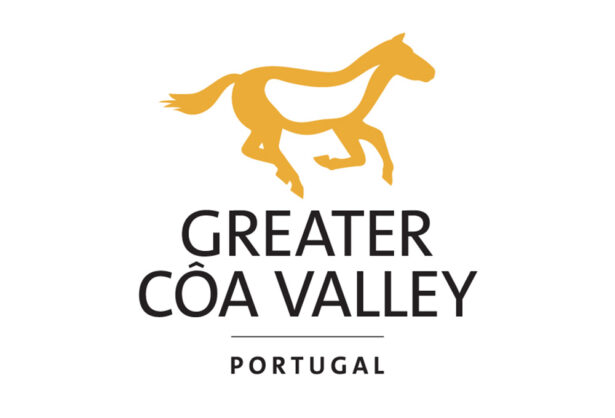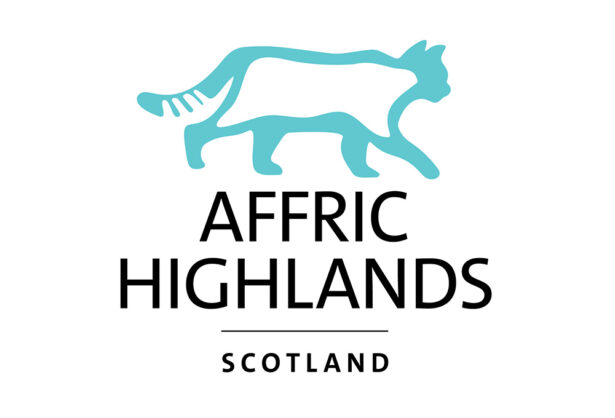Rewilding Europe
(Rewilding Europe)

-
Granted
£9m
-
Year
2023-26
-
Location
Netherlands
Overview
Rewilding Europe is a pan-European initiative working through a central team and locally based partners to restore and revitalise landscapes. It is pioneering a “showing by doing” approach in 11 rewilding areas, from the Danube Delta to the Scottish Highlands, where dedicated local teams lead long-term efforts rooted in local knowledge.
Europe’s ecosystems have been heavily degraded by centuries of drainage, intensive land use, and the loss of wildlife. This has weakened biodiversity, climate resilience, and nature’s ability to support people. Rewilding restores natural processes, such as flooding, grazing, and predation, while bringing back keystone species, creating healthier landscapes that benefit both nature and communities.
An ERF grant would expand rewilding interventions across Europe, from reflooding wetlands and rewetting peatlands to restoring natural grazing and non-intervention management with local partners. It would also scale up wildlife comeback efforts, supporting species such as European bison, lynx, beavers and vultures. Together, these actions would strengthen ecological resilience and accelerate Europe’s rewilding movement.
Current Rewilding Landscapes include;
• Danube Delta (Ukraine, Romania and Moldova)
• Southern Carpathians (Romania)
• Velebit Mountain (Croatia)
• Central Apennines (Italy)
• Rhodope Mountains (Bulgaria)
• Oder Delta (Germany and Poland)
• Iberian Highlands (Spain)
• Swedish Lapland (Sweden)
• Affric Highlands (Scotland)
• Greater Côa Valley (Portugal)
• Dauphine Alps (France)


